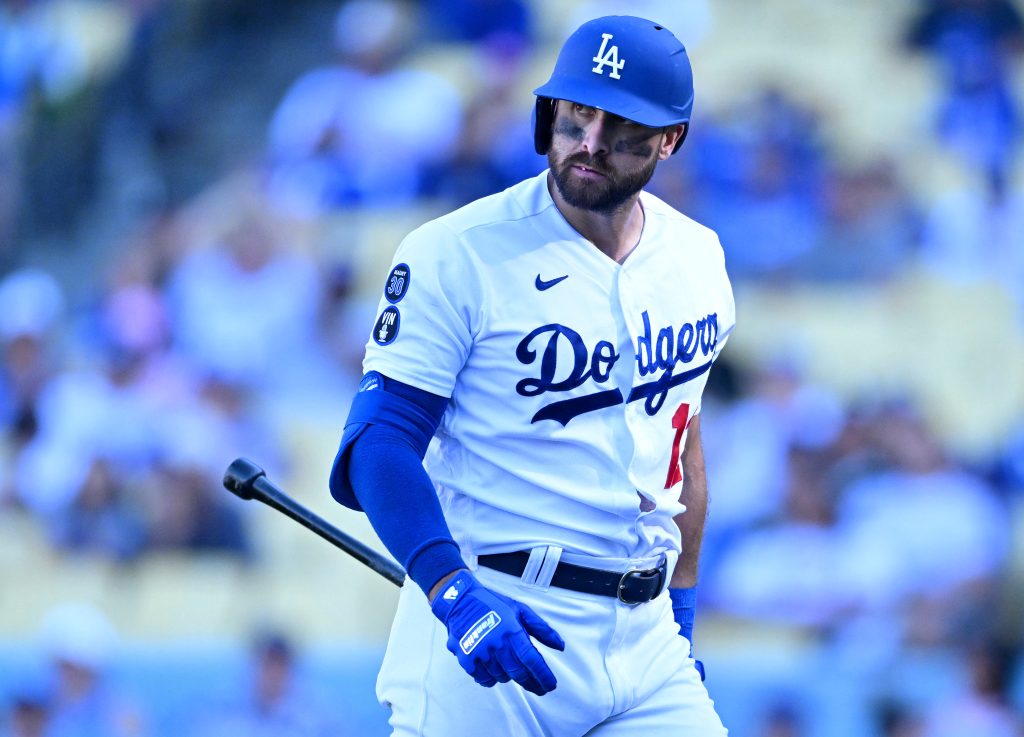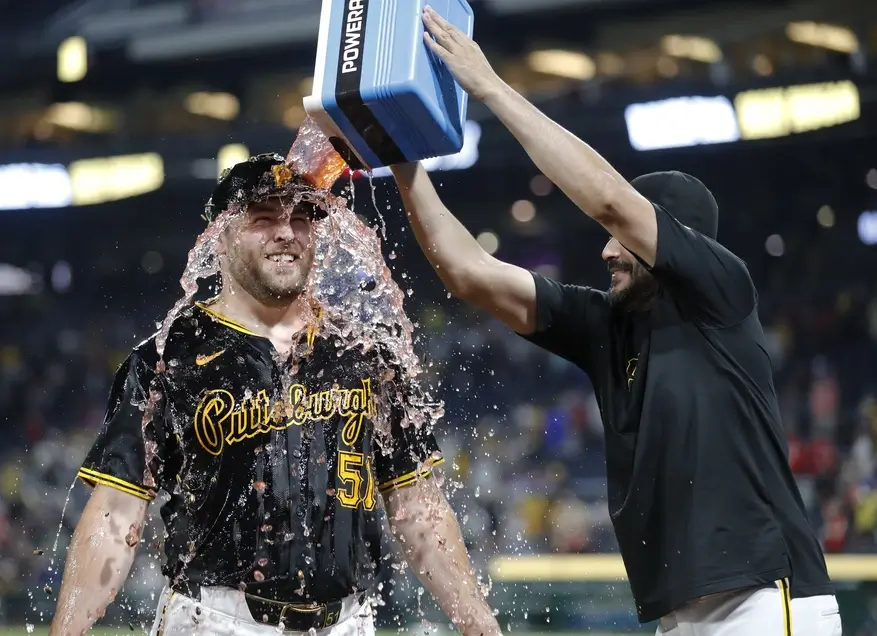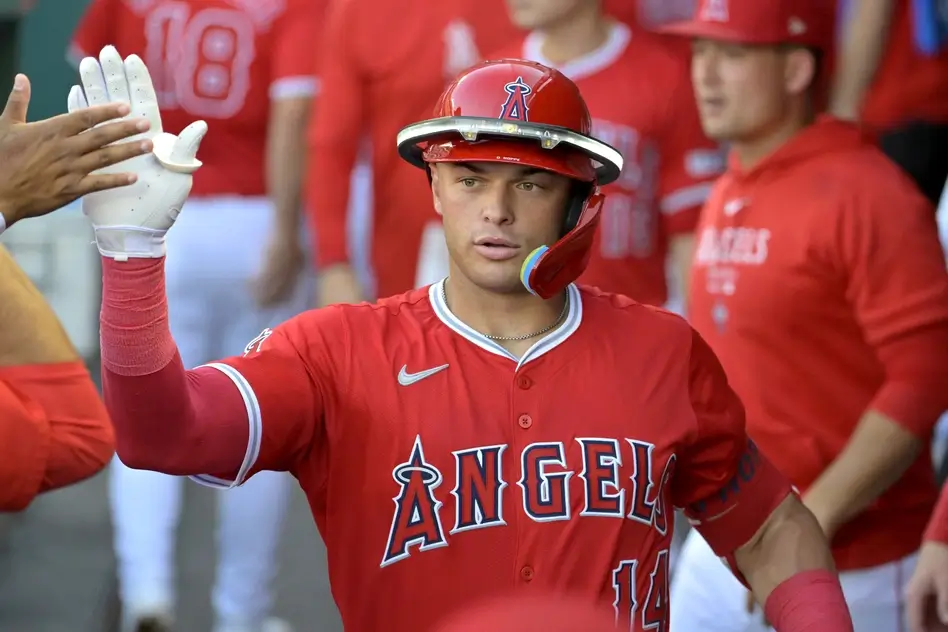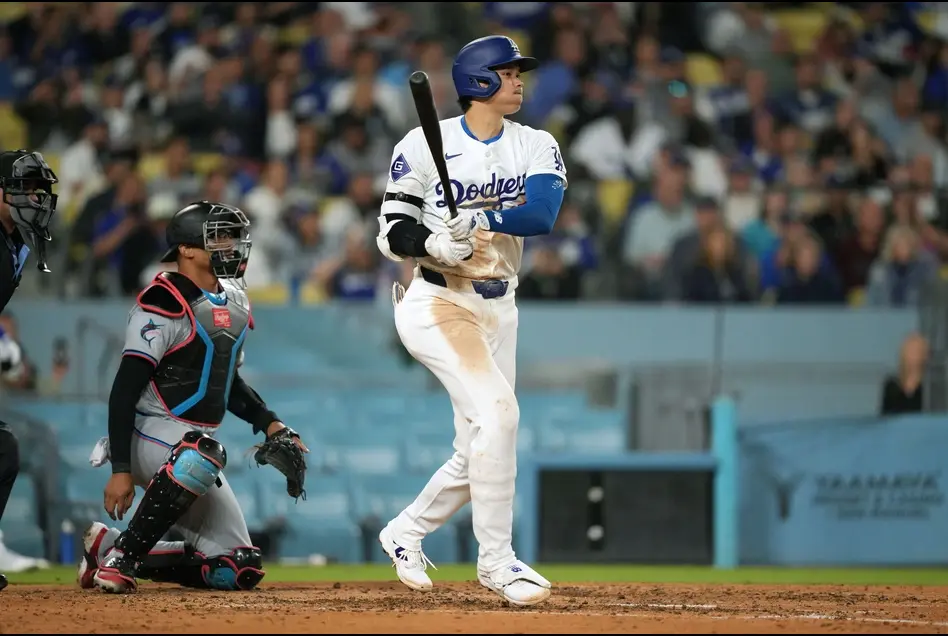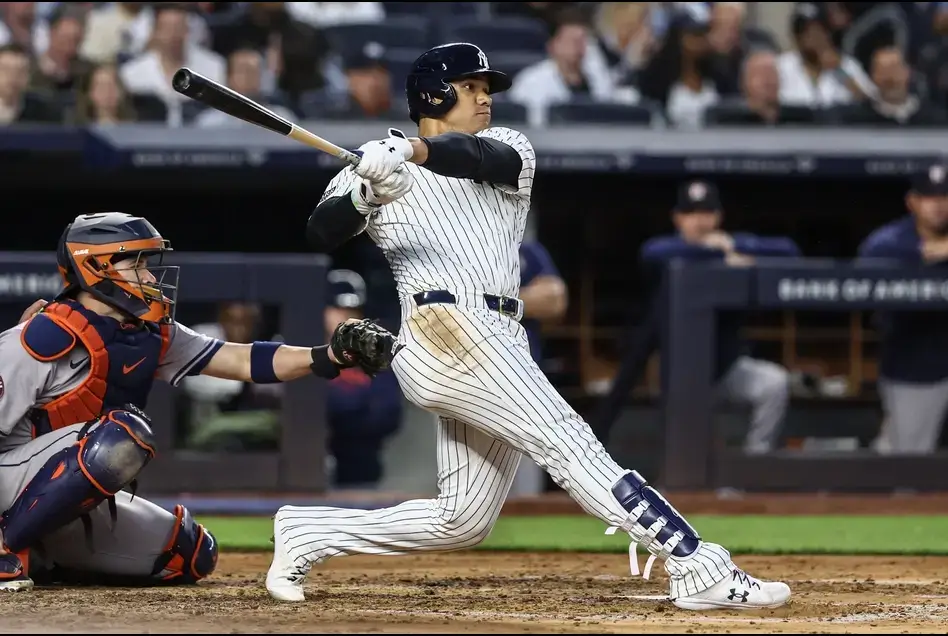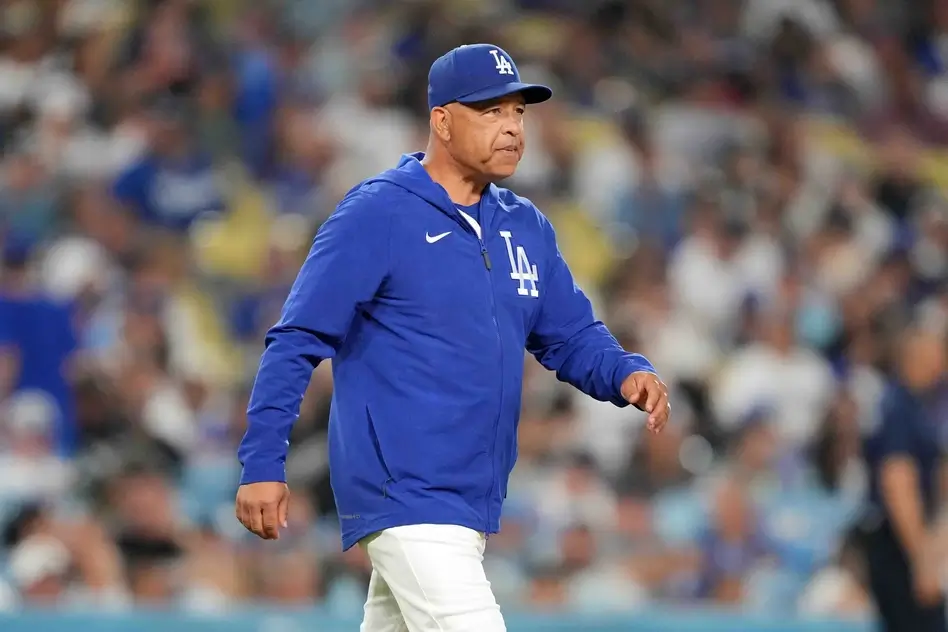Among MLB’s rules changes for the 2023 season, many fans need the MLB shift ban explained.
Specifically, what will the new rules of the MLB shift ban do and why is it necessary? Fortunately, if you have questions about the new rule or need the MLB shift ban explained, we have answers.
MLB shift ban explained
Obviously, the pitch clock is the biggest rule change in baseball this season. Most of the focus will be on how that impacts the time of games and the pace of play. But the new rules of MLB’s shift ban will alter how the game is played and how teams scout and strategize.
This could make the shift ban a bigger deal and a bigger factor in how the 2023 season plays out, so let’s learn more about it and what MLB was trying to accomplish with it.
What is the MLB shift ban?
In its simplest terms, the MLB shift ban is a way to legislate defensive alignments as much as possible. Throughout baseball history, certain defensive positions have become synonymous with specific positions on the field. However, with the use of analytics, teams have been able to pin down where opposing hitters are most likely to hit the ball and position defenders in those exact spots, even if it takes them away from their traditional positions.
To be fair, teams have tried to position defensive players in the right position for decades. But it’s only in recent years that it has become an obsession of teams, leading to some defensive players being positioned far from their natural position.
The MLB shift ban is an attempt by the league to keep defensive players closer to their natural position. The new rule will legislate baseball to help create a more traditional look to defensive alignments.
In some ways, the shift ban is an example of baseball resisting change and trying to live in the past. After all, baseball is a game of constant adjustments and hitters should be able to adjust to the defensive alignment they are seeing when at the plate. In fairness, most hitters have been either unwilling or unable to adjust to some of the defensive alignments being used nowadays, prompting the MLB ban on defensive shifts.
What are the rules of the shift ban?
The exact rules being implemented by MLB this season pertain only to infielders.
The rule states that two infielders must be on each side of second base and have their feet on the infield dirt when a pitch is released.
This precludes infielders from being positioned so deep that they are playing shallow right field. It will also prevent teams from positioning three players on one side of the infield to guard against pull hitters.
The rule will impact primarily the second baseman and the shortstop. While the two middle infield positions will still be able to play up the middle and line up almost directly behind the pitcher, they won’t be able to move to the opposite side of the infield until the pitch is released.
This means that in the split second after the pitch is released, infielders could start to move their position, even before the hitter swings. It’s also worth noting that the new rules say nothing about the positioning of outfielders, so teams still have the freedom to shift outfield positions however they want.
Why has MLB banned the shift?
The million-dollar question with MLB’s shift ban is why this rule has been implemented. As mentioned, the crux of the matter is that hitters have been unable or unwilling to adjust to extreme defensive shifts.
For instance, rather than trying to hit the ball to the left side or lay down a bunt for an easy single when teams have three infielders on the right side, left-handed pull hitters have continued to pull the ball and try to hit the ball through the shift. This has cost players hits and MLB would like to make it a little easier for hard-hit balls to become base hits rather than defensive shifts turning them into outs.
In other words, MLB is hoping for more singles this season. If infielders are more spaced out, there will be more room for hard-hit balls to fall in for hits. With more hits, there will be more runners on base and more action. This should be especially beneficial for power hitters. The best contact hitters of all time have never had trouble finding holes in the defense. But power hitters who are known for pulling the ball to one side or another should see an increase in their batting average.
The other reason that MLB has implemented a shift ban is to improve the aesthetic nature of the game. Extreme shifts have taken some of the symmetry out of baseball, making it look different than the game fans have known and loved for more than a century.
A significant number of fans prefer to see infielders positioned where they are accustomed to seeing them and not be surprised when an infielder is perfectly positioned to catch a hard line-drive that looks like a hit off the bat.
Finally, one idea behind the shift is to increase the number of spectacular defensive plays. Rather than relying on analytics to position them correctly, middle infielders will have to rely on their athleticism and talent to get outs.
As a result, teams with elite defensive shortstops will benefit more from the shift ban, forcing teams to strike more of a balance between the offensive and defensive abilities of their middle infielders. In other words, by banning infield shifts, MLB is making defense a more important part of the game while simultaneously trying to boost offense league-wide.


